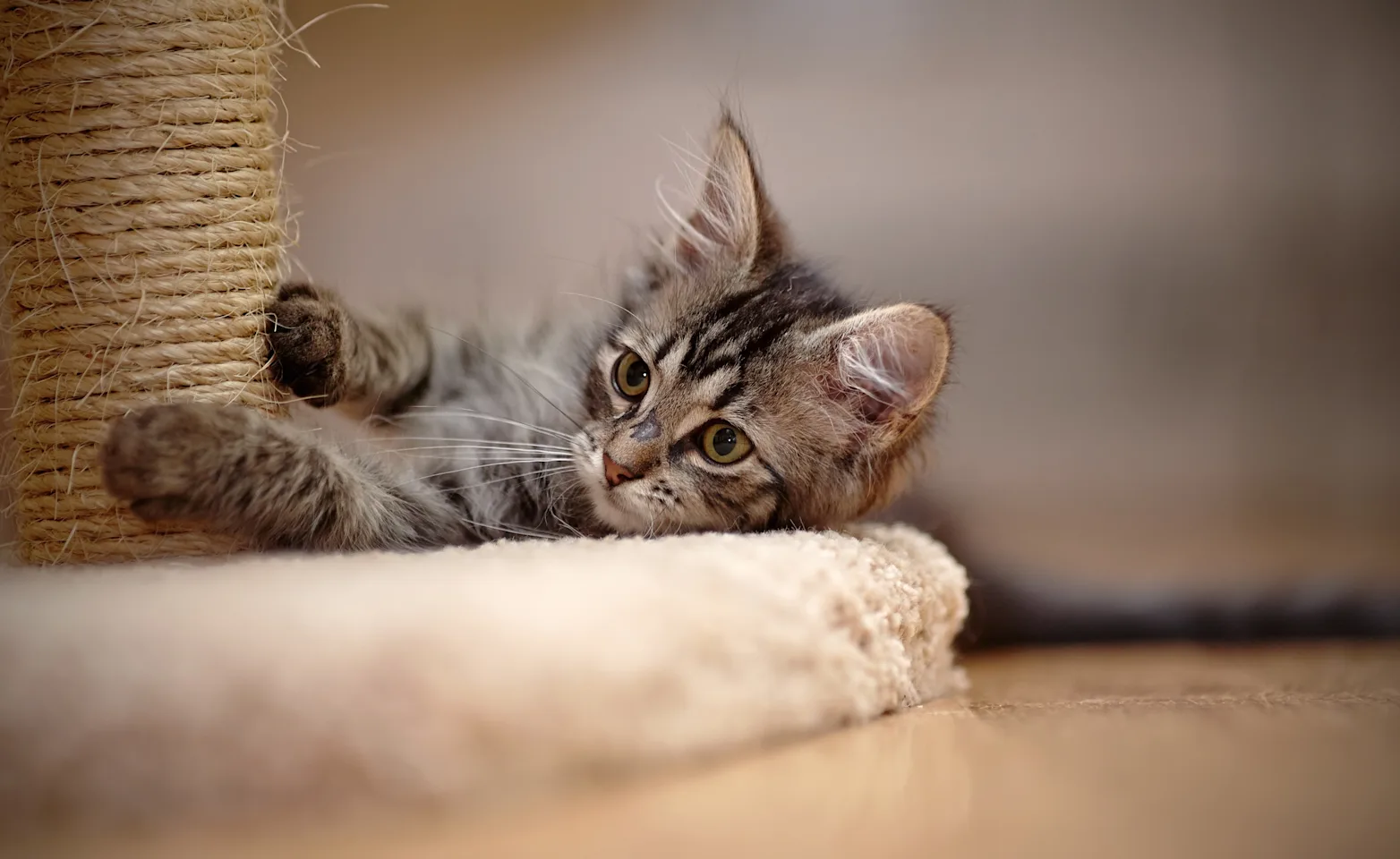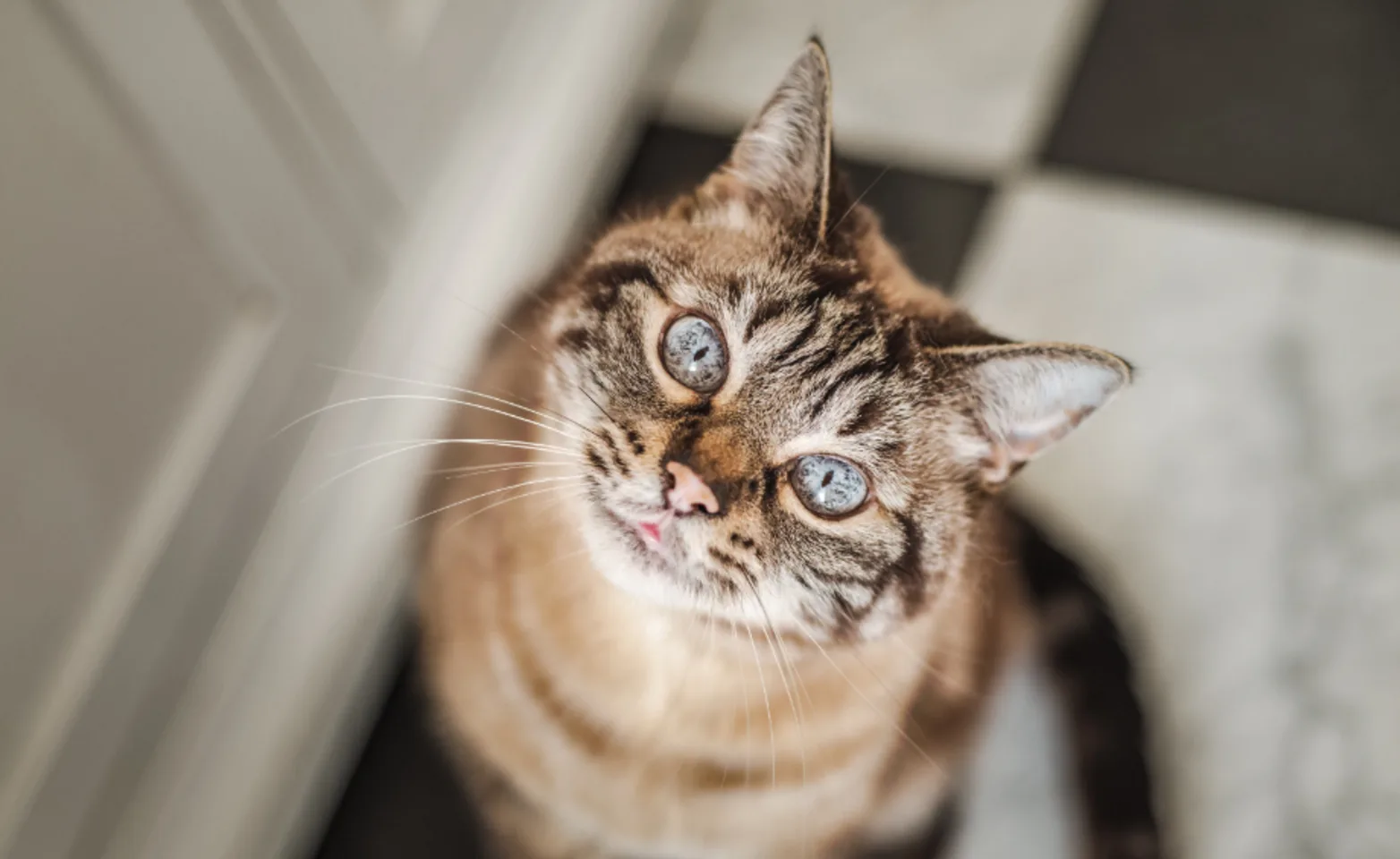Willow Springs Veterinary Clinic

WHAT OCCURS DURING THE DECLAWING PROCEDURE?
Standard declawing entails a surgical amputation of a cat’s bone with a scalpel
The wounds are closed with stitches or surgical glue and the feet are bandaged and hospitalization is required for several nights so the patient can be confined to a cage to inhibit movement as they bear all their weight on their surgical sites
Unlike human nails, cats’ claws are attached to the last bone in their toes, so for comparison, in human terms would be cutting off a person’s fingers and toes at the last joint of each digit
Some of the Various Negative Effects of Declawing
Medical drawbacks to declawing include pain in the paw, infection, tissue necrosis (aka tissue death), lameness, arthritic changes in the joint and back pain
Removing claws changes the way a cat's foot meets the ground and can cause pain similar to that of wearing an uncomfortable pair of shoes and never removing them!
There can also be nerve damage, bone spurs and a regrowth of improperly removed claws
For several days after surgery, shredded newspaper is highly advised for use in the litter box to prevent litter from irritating declawed feet or creating an infection at the surgical sites. This unfamiliar litter substitute, accompanied by pain when scratching in the box, may lead cats to stop using the litter box appropriately, create undesirable urination in other locations of the house, cause undue urinary tract infections or kidney issues which can be fatal
Some cats may be more prone to becoming biters because they no longer have their claws for defense

WHY DO CATS SCRATCH?
It is important to understand that scratching is normal behavior for cats, which has several inherent functions:
The primary reason cats scratch is instinctual and functions to maintain the necessary claw motion used in scent marking, hunting and climbing, as well as a means to stretch their muscles.
Scratching provides the cat with a means to leave markers of the cat’s presence. Basically, your cat’s scratching is effectively saying, “I like this” or “In case you were wondering, I was here”
A cat’s claws grow in layers and scratching removes the worn outer layer, or nails husks, to expose the new growth inside, so scratching effectively serves to as a way for cats to naturally groom their nails
People who are worried about being scratched, especially those with immunodeficiencies or bleeding disorders, may be told incorrectly that their health will be protected by declawing their cats. However, infectious disease specialists do not recommend declawing. The risk from scratches for these people is far less than those from bites, cat litter or fleas carried by their feline companions.
DECLAWING ALTERNATIVES
If you are worried about your cat damaging your home, or want to avoid unwanted scratching, start with these tips:
Keep their claws trimmed to minimize damage to household items
Provide stable scratching posts and boards around your home. Offer different materials like carpet, sisal, wood, and cardboard, as well as different styles (vertical and horizontal); use toys, catnip and positive reinforcement to entice their use
Soft plastic caps (like Soft Paws®) can be glued to the cat's nails; these nail cap applications will need to be replaced about every six weeks
Attach a special tape (like Sticky Paws®) to furniture to deter unwanted scratching
Use of synthetic pheromone diffusers/sprays in cat's environment
Appropriate environmental enrichment encourages stress reduction, overall improved health and decreased destructive behaviors
The Details on the Alternative Methods
Regular nail trims
Regularly trimming your cat’s claws can prevent injury and damage to household items. Proper feline nail trimmers should be used to prevent splintering of the claws so ensure your nail trimmers are well-maintained to keep them sharp. The frequency of claw trimming will depend on your cat’s lifestyle as indoor cats, kittens, and older cats will need more regular nail trims. If at all possible, start trimming as kittens so they become comfortable with the process early on and develop the expectation to have their nails routinely trimmed. If your cat exhibits signs that nail trims are not well tolerated, offer breaks and make attempts to make it a familiar routine. Always trim claws in a calm environment and provide positive reinforcement, such as treats. Ask our veterinary team for advice or a demonstration on trimming your cat’s claws.
Scratching posts/pads
Provide your cat with suitable ‘scratchers’ where they can exhibit normal scratching behavior. There are various styles and textures of scratchers on the market although it is important to experiment with a variety of textures and types of scratchers to determine what your cat's preference is in an effort to make them most successful. Some examples include scratching posts or pads with rope or rough fabric, carpeting, cardboard boxes, and lumber or logs. One key aspect of a successful scratcher is the placement, which is extremely important. Often cat can be found stretching or scratching when they wake up so you may want to consider placing one in the vicinity of where your cat sleeps. It may also be effective to place a scratcher near or in front of a cat’s preferred, yet undesirable, scratching object (such as the corner of your couch). With a little help and patience, kittens and cats can be trained to use scratchers by rewarding use of the scratcher with the cat’s favorite treat. If the cat scratches elsewhere, they should be gently picked up, taken to the scratcher and then rewarded with a treat. Keep in mind that cats should always be positively reinforced and never punished for this instinctual behavior.
Temporary synthetic nail caps
Temporary nail caps can be glued over your cat’s nails to help prevent human injury and damage to household items. The nail caps usually need to be re-applied every 4-6 weeks, and may be a less desirable alternative to regular nail trimming, suitable scratchers, and environmental enrichment.
Sticky Tape Deterrents
Applications of various adhesive deterrents, such as Sticky Paws®, directly on areas where undesirable scratching has taken place may assist in deterring unwanted scratching. Sticky applications may be used on various surfaces; may need to be applied frequently dependent on location and collection of debris.
Synthetic facial pheromone sprays/diffusers
Continued scratching by cats may be related to stress, anxiety, attention seeking, or a perceived lack of security in their environment. Anxiety can also be intensified by punishment, thus driving the cat to increase scratching behaviors in the same or other undesirable locations in the home. Consider using synthetic facial pheromone sprays and/or diffusers to help relieve anxiety or stress. Apply a synthetic pheromone spray such as Feliway® on the objects or areas in your home where your cat has exhibited undesired scratching. Do so after cleaning with soap and water to remove the communication marking scents left by your cat’s paws. Applying daily comforting pheromones can prevent your cat’s need to mark these areas again. Feliway® should not be sprayed on the desired scratcher. If undesirable scratching occurs in several rooms, indicating a more generalized anxiety or stress, it is recommended to also plug-in a synthetic pheromone diffuser such as Feliway® to comfort your cat in their home environment.
Appropriate environmental enrichment
Providing your cat with an environment that is enriching is vital to teaching your cat to scratch on appropriate objects. Cats need the proper resources to perform their natural behaviors and have control over their social interactions to remain healthy and feel comfortable. By being proactive and meeting appropriate environmental needs throughout your cat’s life, you can potentially avoid environmental stressors that can cause unwanted behaviors, such as destructive scratching and even impact their medical health. We would be happy to provide you with further information on environmental enrichment.
